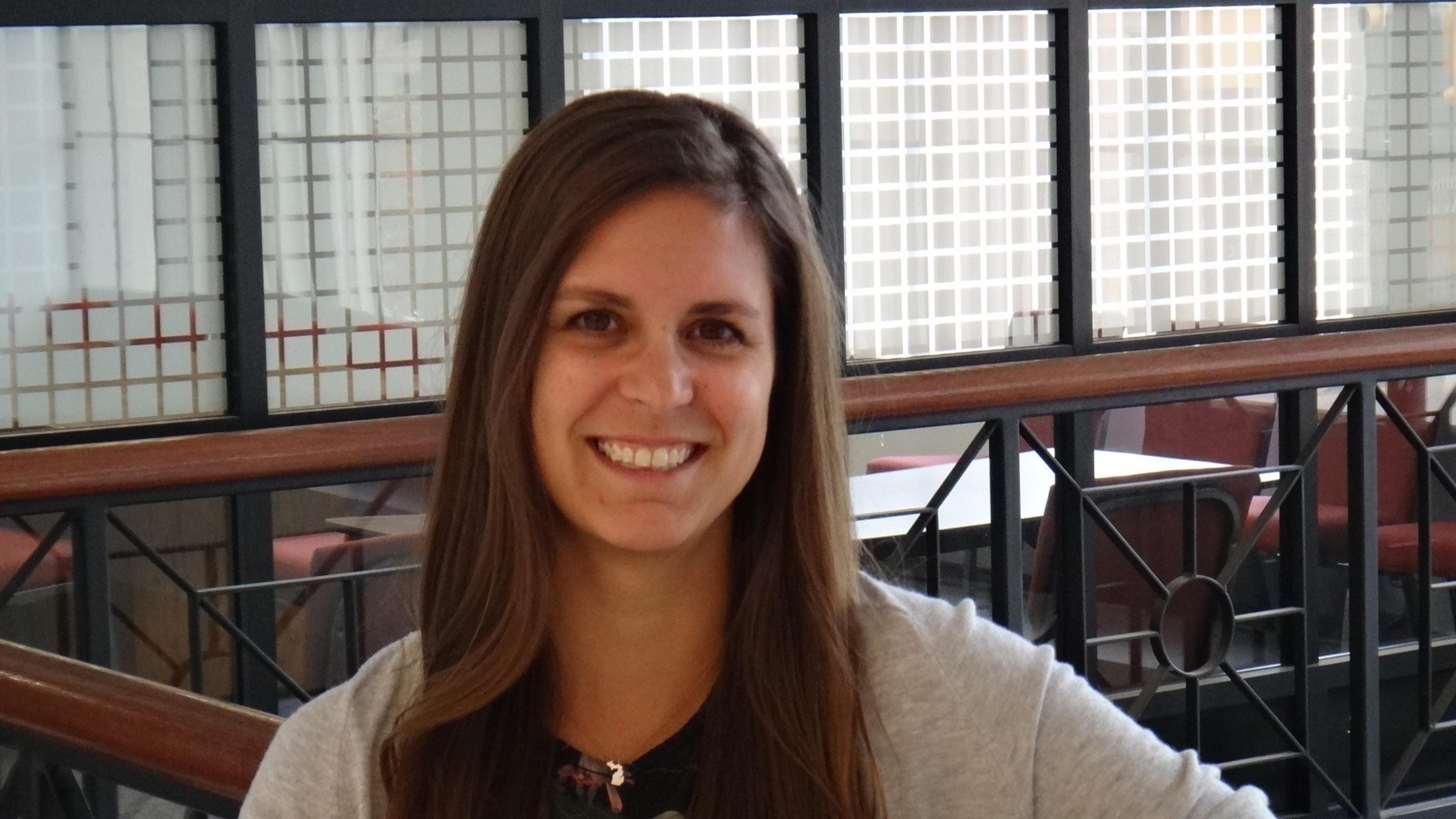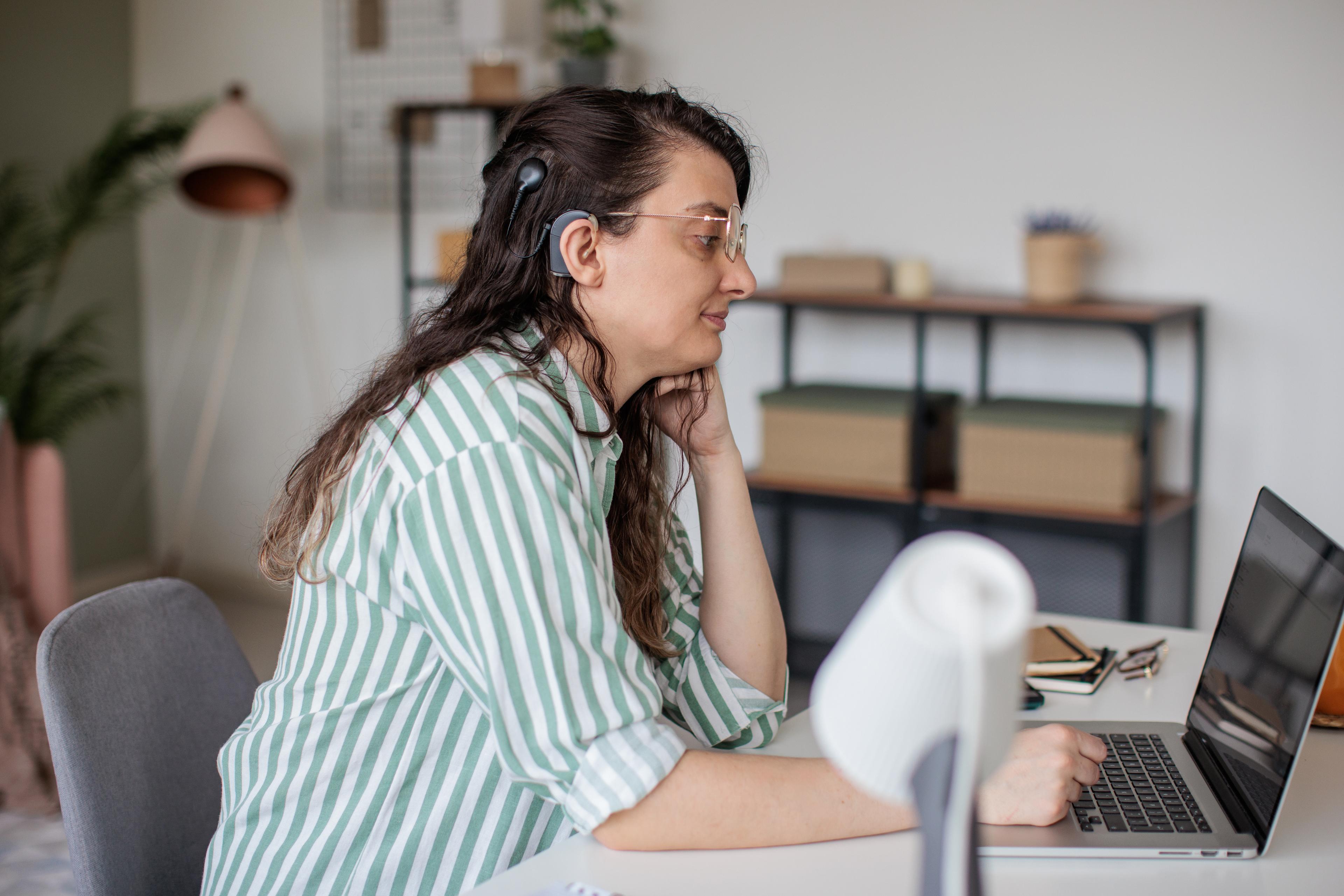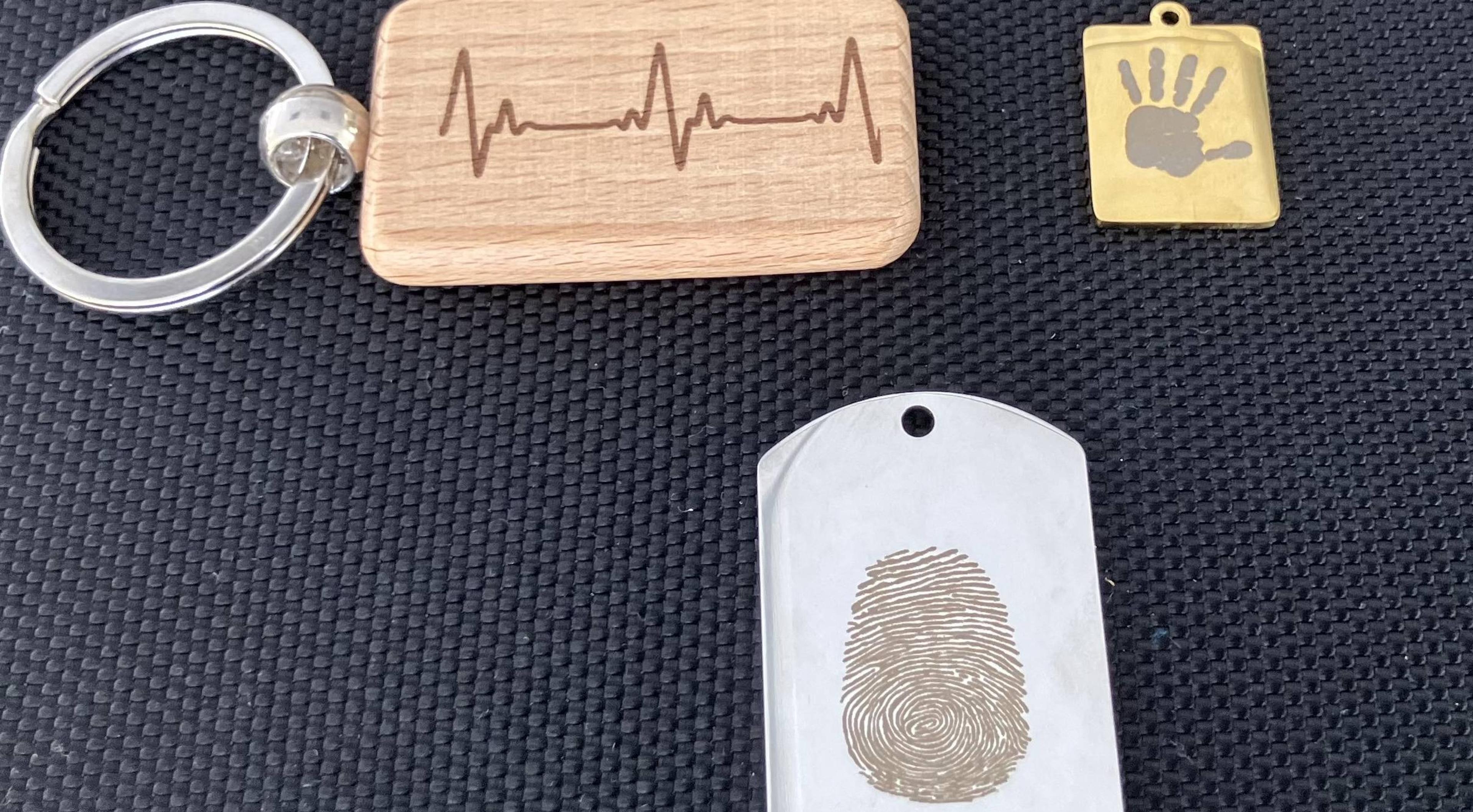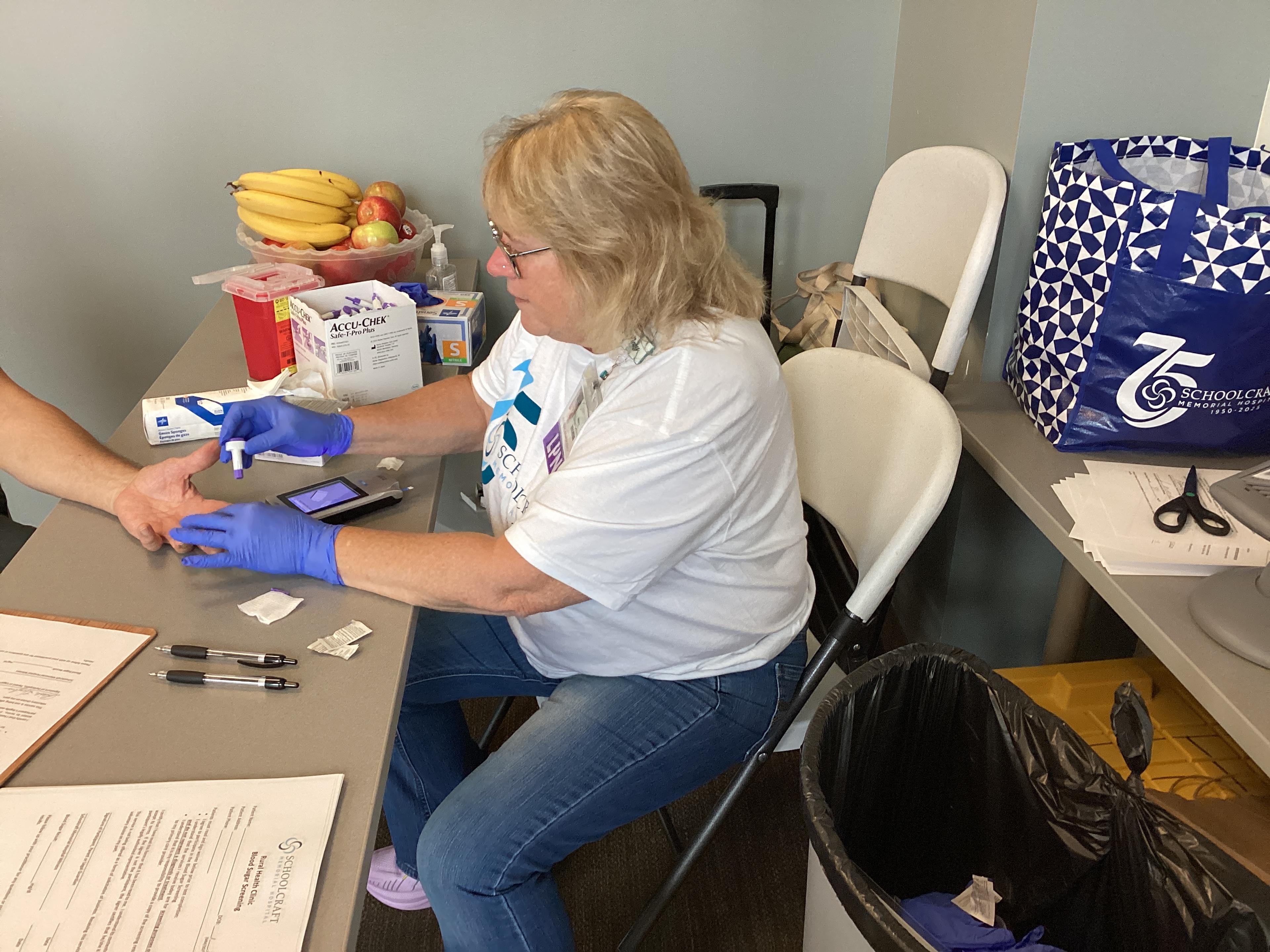Thumb Area Community Health Partnership Works to Make Health Care Information Accessible to All

Lindsay Knake
| 4 min read
Lindsay Knake is a brand journalist for Blue Cross B...

Key Takeaways
- The Thumb Area Community Health Partnership has received a grant to improve website accessibility for people with disabilities.
- The grant provide workshops to help health agencies make their websites more accessible.
- The project aims to empower individuals with disabilities by providing equal access to critical health information and services, improving overall health outcomes in the Thumb.
Navigating websites and social media is an essential part of accessing health care information online. But for some people with disabilities, that information isn’t always accessible.
That’s something the Thumb Area Community Health Partnership is working to change for the region’s residents.
“We know the internet is the gateway to information. To reduce barriers, this is really important,” said Kay Balcer, the partnership’s executive director. “Physical access to services and information was the first frontier. Information on the internet is a new frontier we need to make sure is accessible to all. It is necessary.”
The Thumb Area Community Health Partnership works toward improving community health in four counties of the Thumb: Huron, Lapeer, Sanilac and Tuscola. There are 29 different health and human service organizations, including health departments, social services, mental health agencies and hospitals within the partnership. The partnership assesses the needs of Thumb residents and identifies priorities for the service organizations. The current priorities are behavioral health, chronic conditions and improving health outcomes.
The partnership doesn’t provide direct services, Balcer said, but brings agencies and organizations together to help Thumb residents find and navigate health services.
“That is a major challenge for people,” she said.
The Thumb Area Community Health Partnership recently received a $5,500 Disability Health Care Access and Quality grant from Blue Cross Blue Shield of Michigan and the Center for Disability Health and Wellness at the University of Michigan to make the area’s health websites more accessible to people with physical, cognitive, sensory and developmental disabilities and to comply with current Web Content Accessibility Guidelines. This includes ensuring that:
- Text, documents, fliers and images on websites and social media are accessible to screen readers and have alternative text.
- Fonts are clear and crisp.
- There are no Italics.
- Color contrasts on websites and social media posts are sufficient for people who have visual disabilities.
- Websites have widgets for people with sensory disabilities to adjust contrast and turn off flashing lights.
The Thumb Area Community Health Partnership is working with the Disability Network Eastern Michigan to provide online workshops and website reviews. Many health agencies have limited IT staff to manage the changes with limited guidance and support.
The philosophy underlying this project is empowerment and independence. These website updates will ensure everyone can access critical health information, appointment scheduling and telehealth services. Access to health information such as this helps people get the health care they need, including preventive care, chronic condition management and mental health care.
The Thumb’s population is older than the state average; one in four residents are age 65 and older, Balcer said. The region also has a higher rate of people with disabilities. This means there is a growing number of people who use accommodations and assistive technology.
The Thumb region also has a high use of Facebook, making social media a critical communication tool for health agencies, she said. Making sure fliers and information are available for everyone is a key component to improving overall health. Screen readers, which are web-based tools that read digital content aloud to people with visual disabilities, cannot read photos, graphics and fliers without alt text.
“If they can’t read it, then they can’t learn,” Balcer said.
The Disability Network of Eastern Michigan staff will host workshops for the Thumb-area agencies in June to teach them how to implement these changes. Staff will also offer five website reviews on a first-come, first-served basis starting later in the summer.
“In the course of a few months, people will be able to see a difference,” Balcer said.
She also encourages their partners across the Thumb-area to contract with the Disability Network Eastern Michigan on their own for site reviews and workshops. Balcer said she is happy these agencies want to collaborate on this project to help their communities.
Blue Cross has a mission to increase access and enhance the quality of care for every Michiganian. Through the 20 years of the Strengthening the Safety Net grant program, we have invested nearly $20 million into safety net clinics, improved patient outcomes, and kept people from expensive emergency room visits, which lower health care costs for everyone. Blue Cross has reduced the number of unnecessary emergency room visits by 400,000 and saved the health care system $200 million by helping patients avoid unnecessary emergency room visits.
Learn more about how Blue Cross is making health care more affordable here.
Image: Getty Images
Related:





